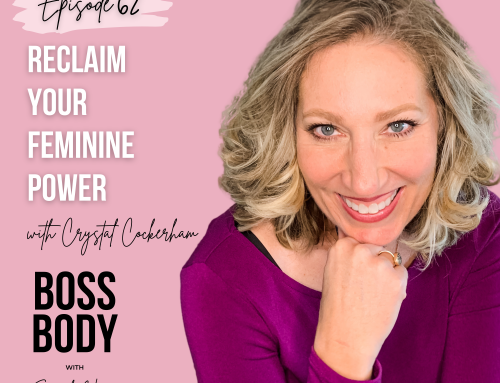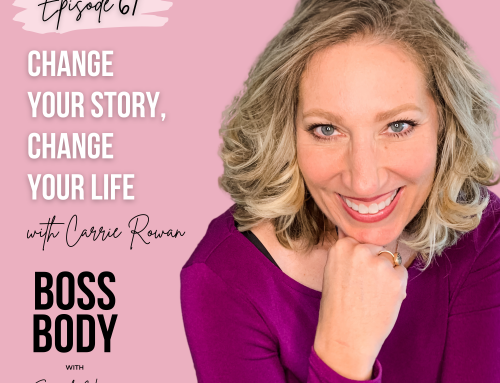Have you ever wondered what the secret is to living a long, healthy life? That’s what we all want, right? When I ask that question, I’m sure the first thing that comes to your mind is eating well and exercising; of course, those two are foundational. But I want to tell you today about a guy named Dan Butner.
He is a journalist who has set out to find the healthiest, longest-living populations in the world and discover what they’re doing. So he gathered a group of scientists, epidemiologists, and anthropologists to go around the globe and study these communities of people that he had identified as having the largest percentage of centenarians, which is people who are a hundred years old or older.
He was able to identify five different regions in the world where this was happening. He and his group were circling these on the map with a blue magic marker, and that’s how the name Blue Zones came about. He has since written several books about the blue zones. I wanted to share some of what he found with you because this will be so useful when you’re thinking about health and longevity and all the different elements that need to come together for you to live a long, happy, healthy life.
So when he started investigating and visiting these different communities, he was seeing a lot of similarities in their habits and in their environments. And I want to share some of those with you today because we, as Americans, unfortunately, are inundated with greasy fast food, sugar, convenience foods, and artificial ingredients. And compared to other developed countries in the world, we spend the most money per capita on healthcare. However, we have the lowest life expectancy. We have the highest number of hospitalizations from preventable causes and the highest rate of avoidable deaths.
However, these so-called blue zones are largely free of illnesses and diseases like heart disease, obesity, cancer, and diabetes. And there’s a common thread between these groups of people.
The First Blue Zone
The first one is Loma Linda, California here in the United States. It’s the only one in the US., and the thing that’s unique about Loma Linda is they have a large community of Seventh Day Adventists, which is a religious group who typically follows a vegetarian diet and they eat very little meat. They also don’t smoke or drink or eat processed sugar. And the people in Loma Linda ha they outlive the average American by nearly a decade.
The Second Blue Zone
The second blue zone is the Nicoya Peninsula in Costa Rica. The people who live there are twice as likely to reach the age of 90 than other North Americans. And they have very few incidences of people with disabilities and with cognitive decline. Their diet consists primarily of rice, beans, and fish. They avoid processed and refined foods and have an active lifestyle. And another thing that they noticed about this group is that they very much emphasize faith and family.
The Third Blue Zone
The third one is Sardinia, Italy. This is the home to the longest-living men in the world. Their diets are mostly plant-based, with lots of vegetables, fruit, beans, and whole grains, and they get a lot of walking in natural daily movement.
They live in hilly terrain, and they’re walking long distances every day. And when they asked some of the Sardinians how they explained their longevity, some of the things that came up were clean air, locally produced wine, making love every Sunday, and prioritizing strong interpersonal relationships.
I hope you can see that some of the things that we’re starting to see as a pattern have nothing to do with the food and the exercise because there’s so much more.
The Fourth Blue Zone
The fourth one is Icaria, Greece. They eat mostly a Mediterranean diet consisting of mostly plant-based foods, olive oil, and fish, and they engage in regular physical activity. People there remain physically active well into their eighties and nineties, and they socialize with friends and family. Another thing that I love about this community is they are believers in midday naps. It’s a regular practice there.
The Fifth Blue Zone
The final one is Okinawa, Japan. The people here typically live well into their eighties and beyond. Most of them live without disabilities or a lot of the illnesses that affect people in North America. They have lower rates of age-related conditions like cardiovascular disease and cancer, and one of their philosophies is eating something from the land and the sea daily. So they eat a lot of seaweed, tofu, garlic, and brown rice. They also drink green tea, and they eat a lot of shiitake mushrooms.
Some of these lifestyle commonalities that Mr. Butner and his group discovered between the people in the blue zones that contribute to their emotional well-being, disease prevention, and longevity are natural movement, low stress, hobbies, community, having a joyful outlook on life, being grateful, and focusing on personal growth and development. The people who live the longest put an emphasis on family time, and it’s prioritized.
Stress will always be a part of life, but it doesn’t have to be the main part.
Learning to de-stress, practice self-care, and determine your priorities can help you in the long run.






Leave A Comment